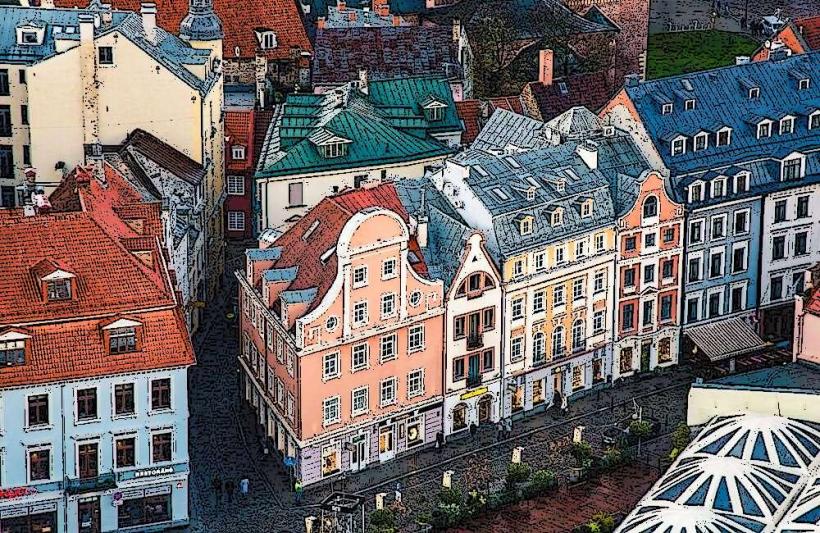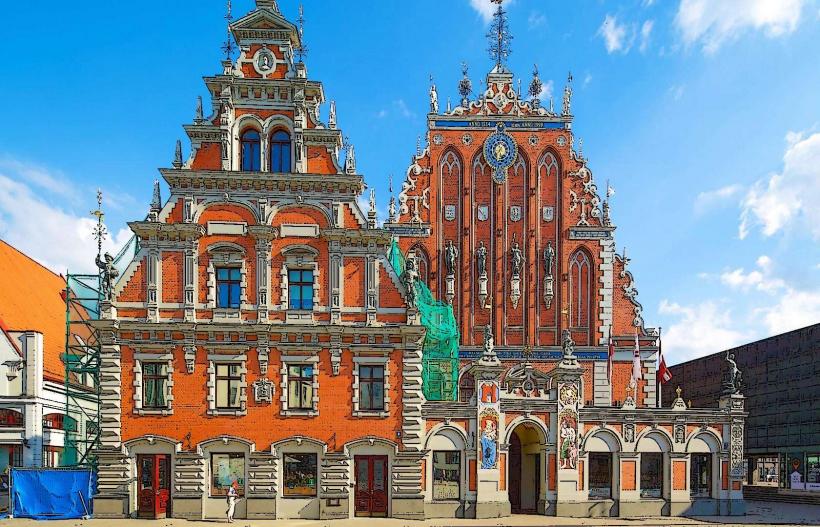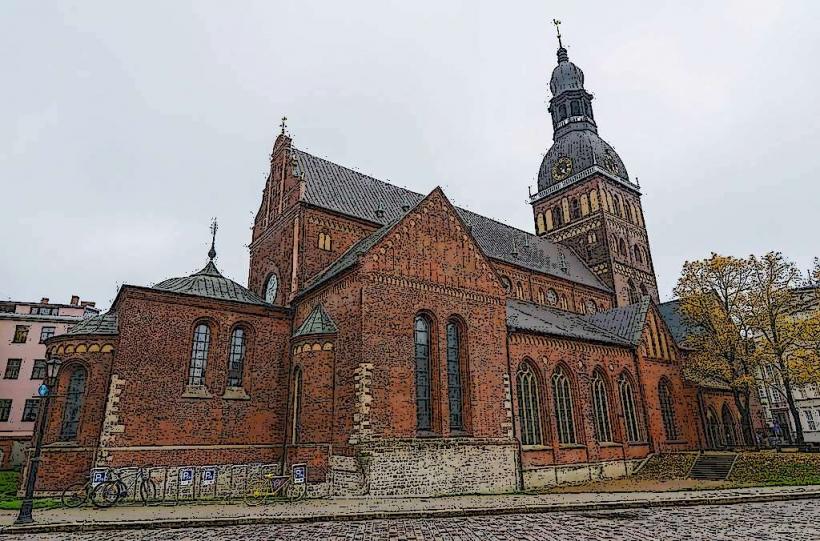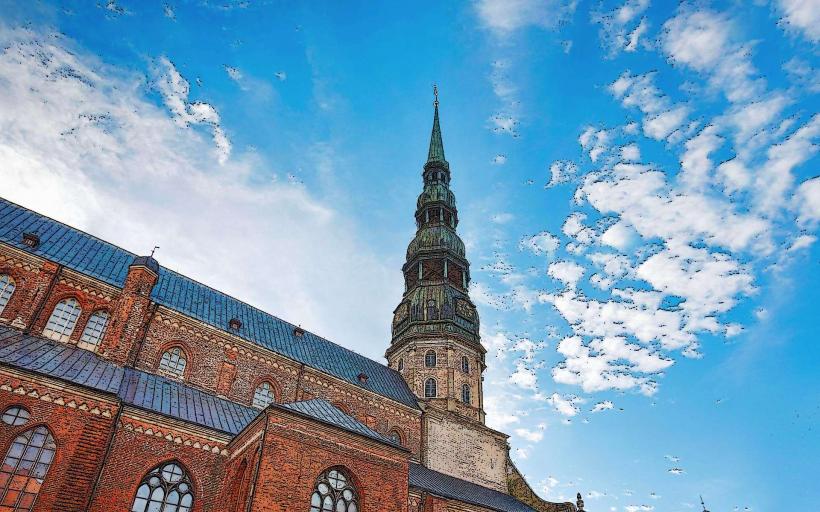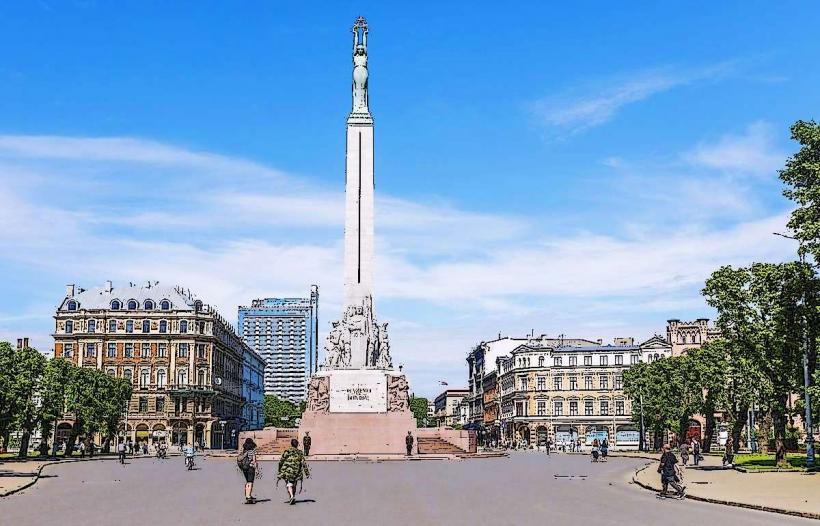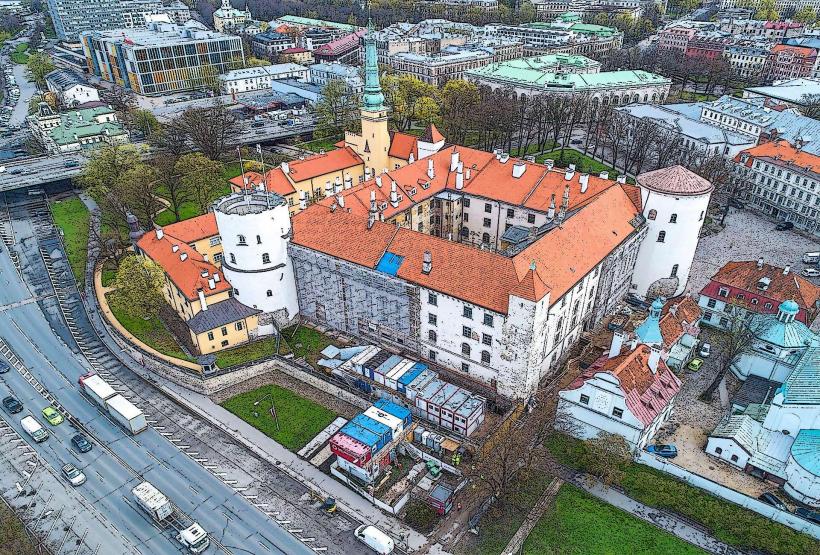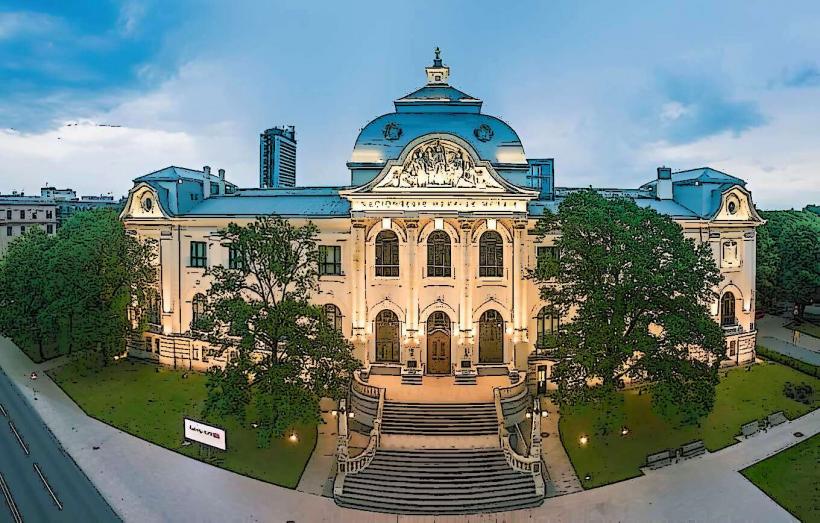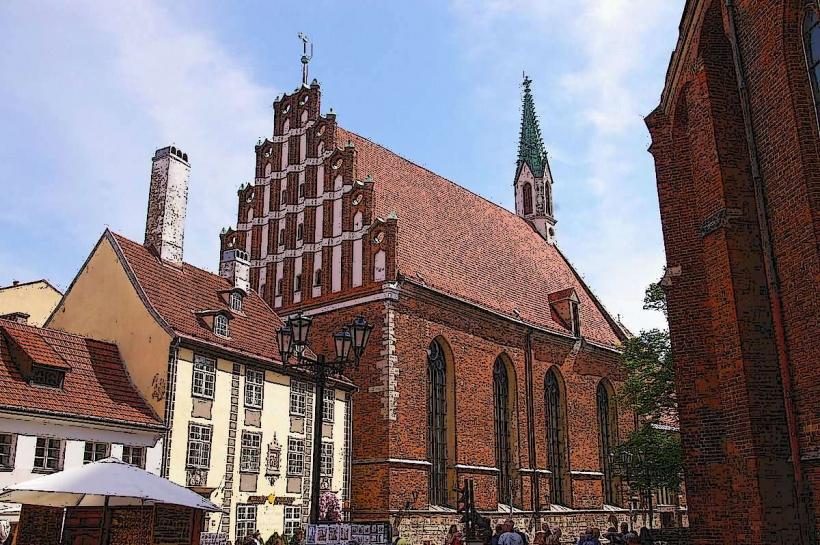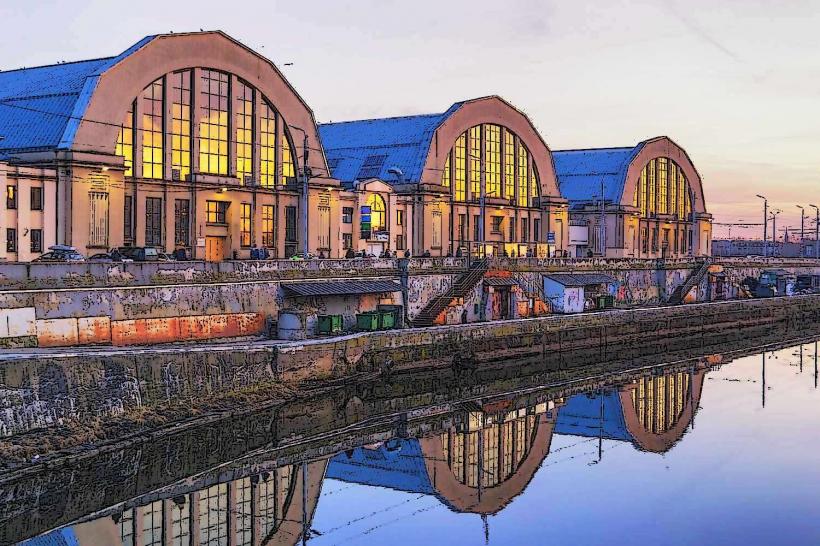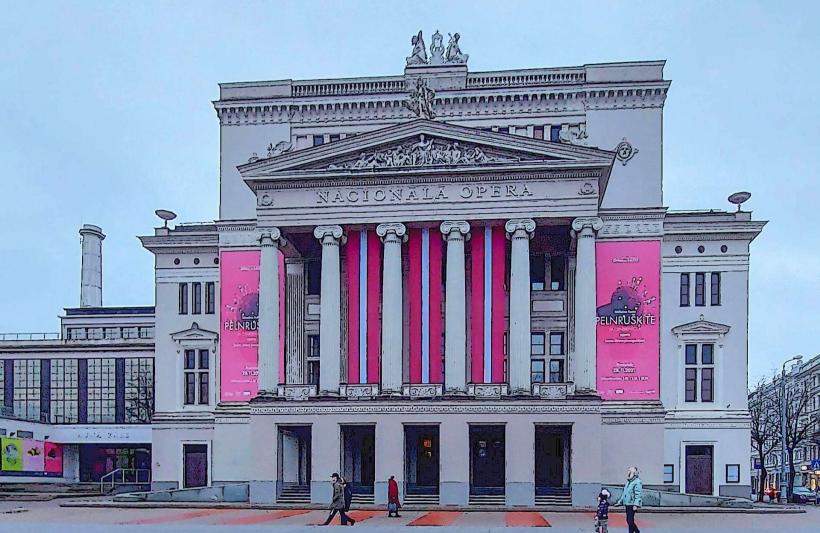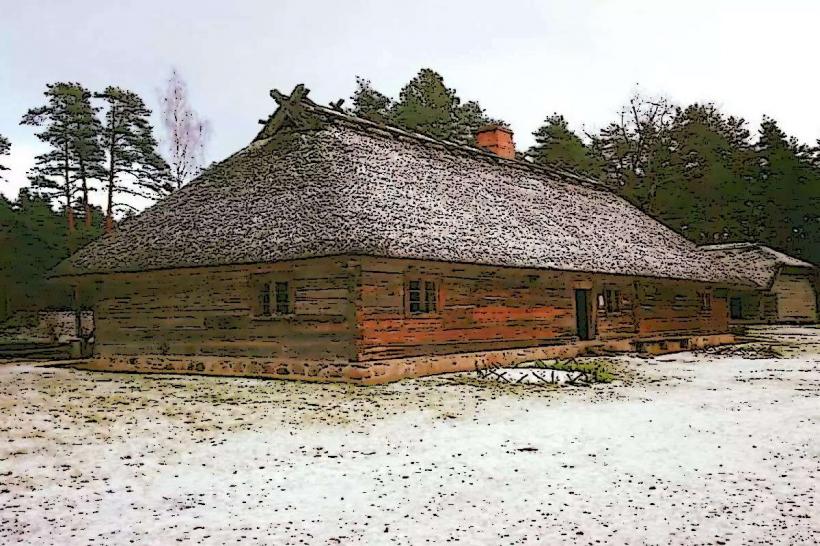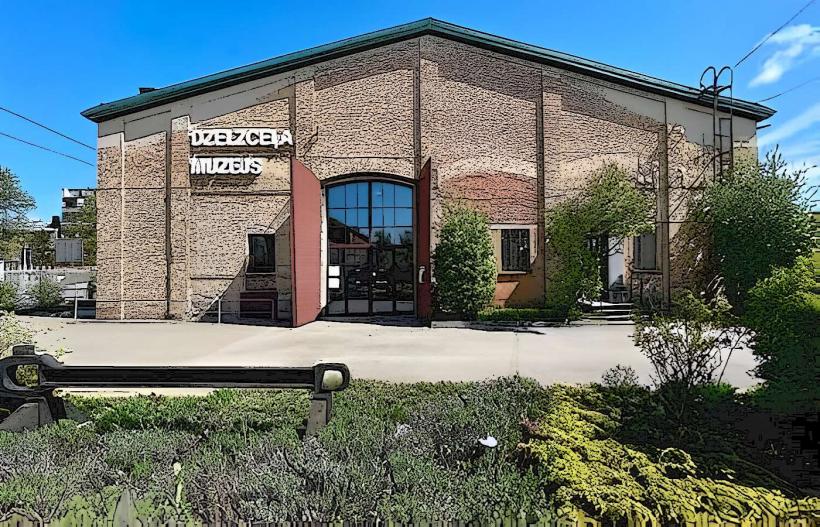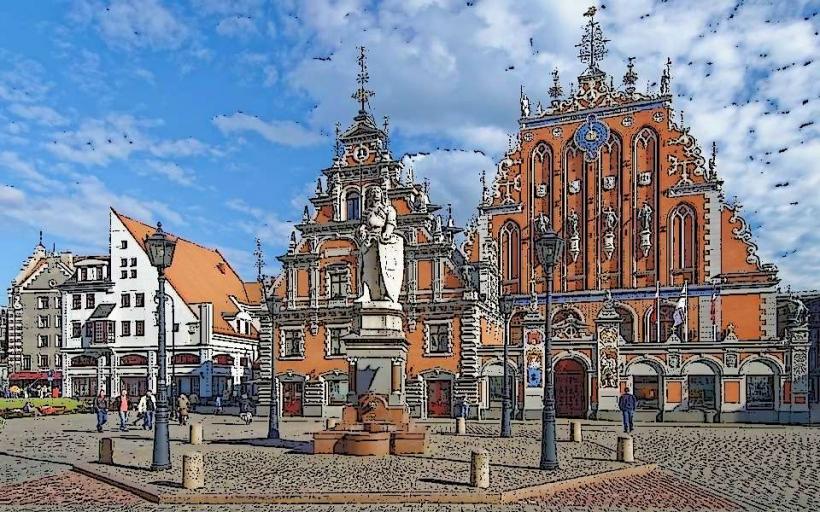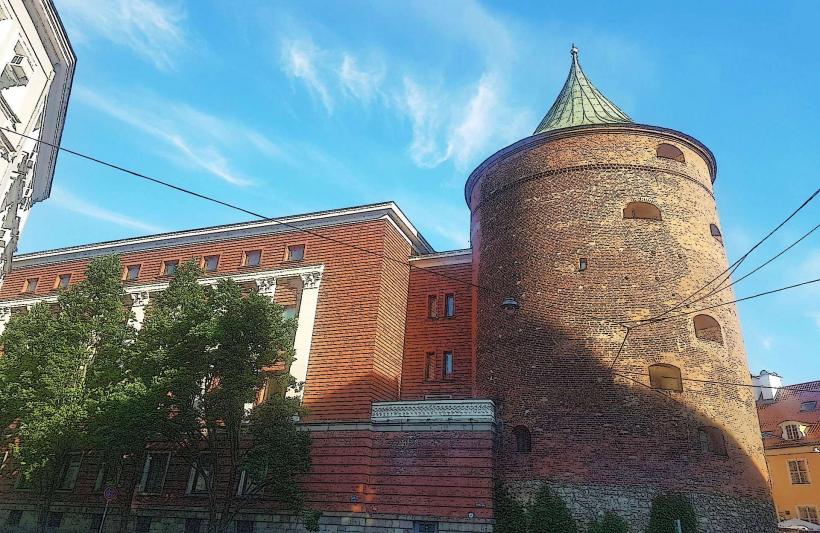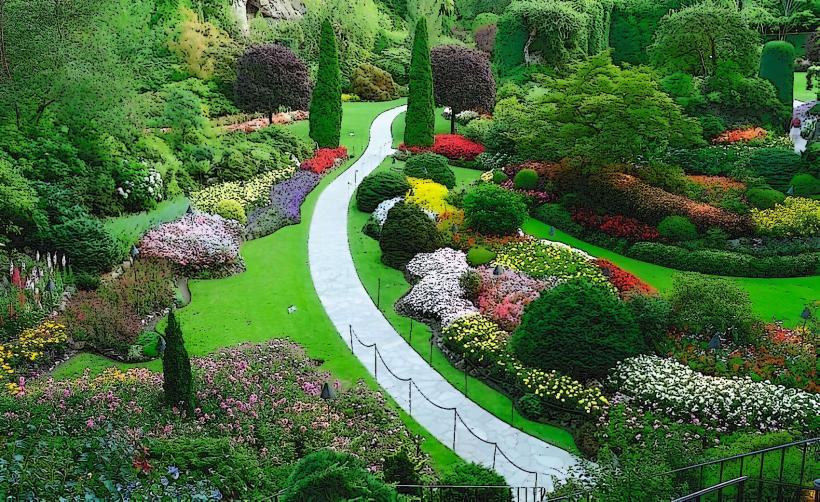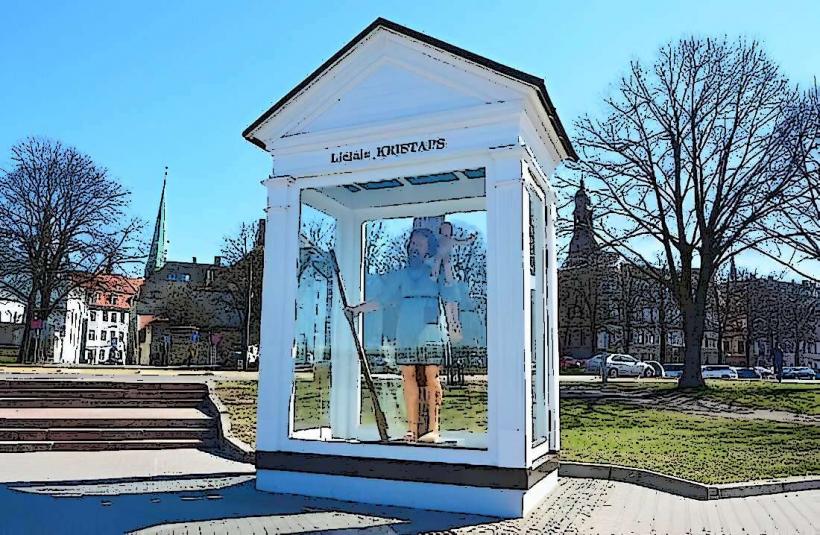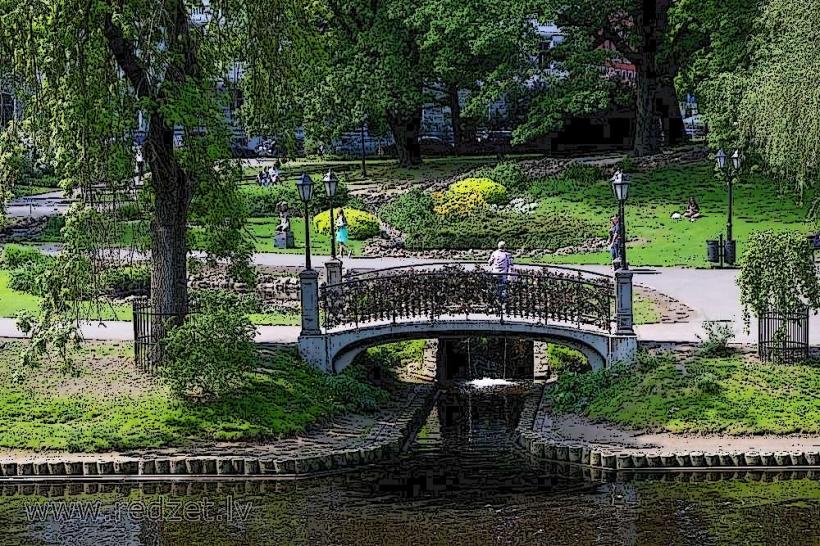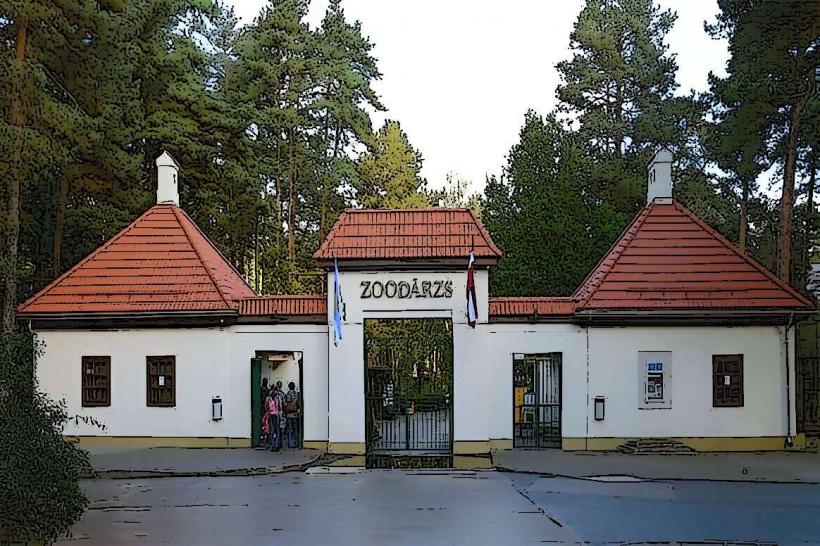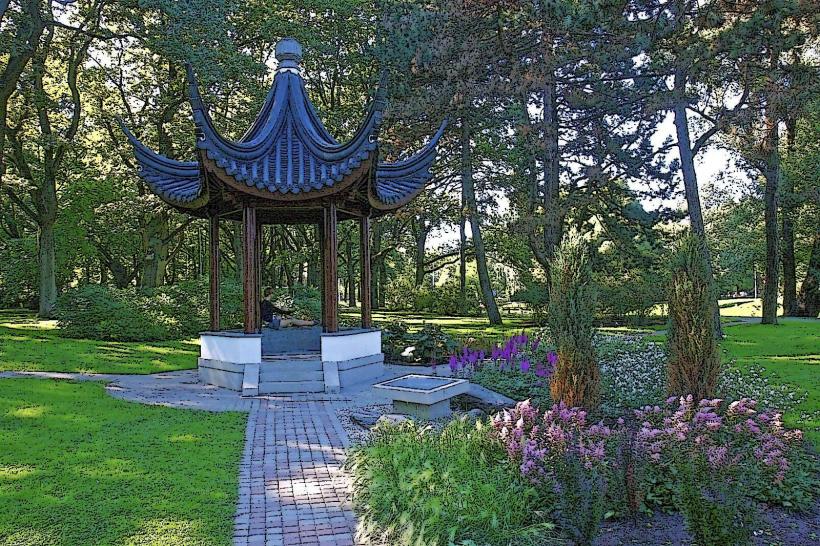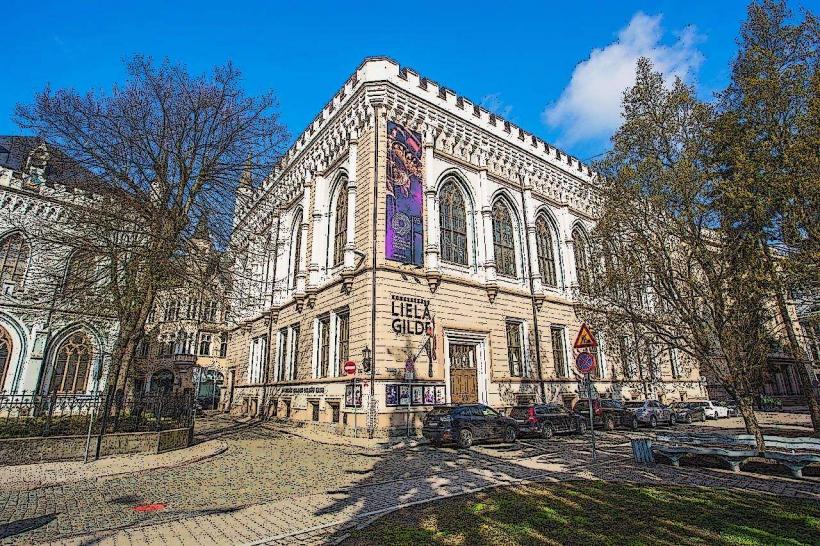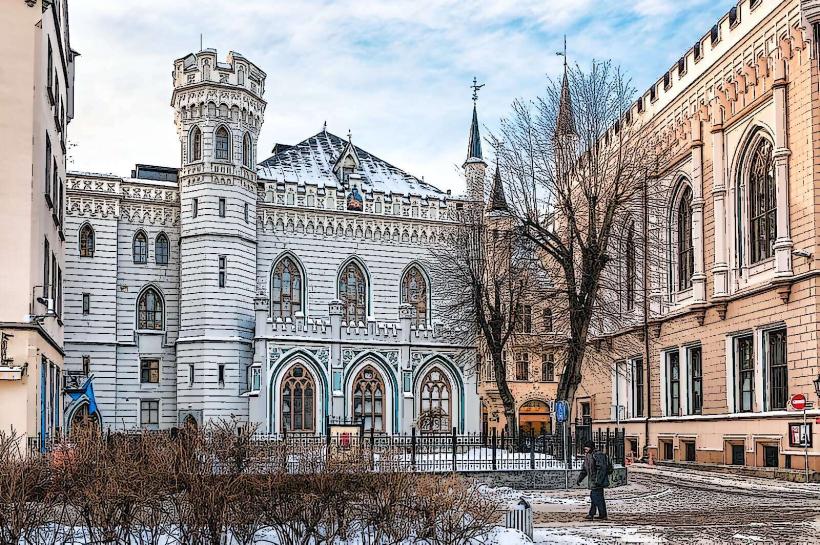Information
Landmark: Museum of Occupation of LatviaCity: Riga
Country: Latvia
Continent: Europe
The Museum of the Occupation of Latvia (Latvijas Okupācijas muzejs) is one of the most significant cultural and historical institutions in Riga. It documents and explores Latvia’s turbulent history under Soviet and Nazi occupations, as well as its eventual independence in 1991. A visit to this museum offers a powerful and sobering insight into the resilience of the Latvian people.
1. Historical Overview:
- Foundation:
The museum was founded in 1993 by the Occupation Museum Association to preserve and educate about Latvia’s history during the occupation periods. - Focus Period:
The museum covers the years from 1940 to 1991, a time when Latvia experienced two Soviet occupations (1940–1941 and 1944–1991) and a Nazi German occupation (1941–1944). - Purpose:
The museum's mission is to commemorate the victims of totalitarian regimes, promote awareness of Latvia’s struggles for freedom, and ensure that the lessons of history are not forgotten.
2. Museum Location and Building:
- Original Location:
The museum was housed in a distinctive gray cube building in Riga's Town Hall Square, near the House of the Blackheads. - New Building:
In 2021, the museum relocated to a modern, purpose-built structure on Raiņa bulvāris 7, blending historical exhibits with contemporary design to better accommodate its growing collections and visitors. - Memorials:
Outside the museum, the Latvian Riflemen Monument and other commemorations reflect the complex legacy of Latvia’s history.
3. Exhibitions and Collections:
The museum's exhibitions are deeply educational and thought-provoking, divided into three main periods of occupation:
A. Soviet Occupation (1940–1941):
- Latvia was forcibly incorporated into the Soviet Union in 1940 following the Molotov-Ribbentrop Pact between Nazi Germany and the USSR.
- Exhibits explore:
- Mass deportations to Siberia.
- Suppression of Latvian culture, religion, and political freedoms.
- Establishment of Soviet control over the economy and media.
B. Nazi German Occupation (1941–1944):
- In 1941, Nazi Germany invaded Latvia, leading to:
- The Holocaust and atrocities against the Jewish population.
- Harsh labor policies and persecution of dissidents.
- Resistance movements against German rule.
C. Second Soviet Occupation (1944–1991):
- The return of Soviet control saw:
- Continued deportations and repression of national identity.
- The Russification of Latvia, including policies to promote Russian language and culture.
- The growth of the Latvian independence movement, culminating in the Singing Revolution.
D. Artifacts and Personal Stories:
- The museum preserves thousands of artifacts, photographs, and documents.
- Audiovisual displays, including interviews with survivors, provide personal accounts of life under occupation.
4. Key Features and Highlights:
- Deportation Experience:
A reconstructed train car vividly depicts the conditions faced by Latvians deported to Siberia during Soviet purges. - Letters and Diaries:
Personal writings give a poignant glimpse into the struggles and hopes of those living under occupation. - Interactive Displays:
Modern technology allows visitors to explore Latvia’s history through multimedia presentations and digital timelines.
5. Educational Role:
- The museum is dedicated to educating future generations through:
- School programs and workshops.
- Public lectures and exhibitions.
- Cooperation with international organizations to promote historical understanding.
6. Visiting Information:
- Location:
The museum is now situated at Raiņa bulvāris 7, near the city center and within walking distance of Old Town. - Hours:
Open daily, but hours may vary. It’s recommended to check the official website for current schedules. - Admission:
Entry is generally free, though donations are encouraged to support the museum’s work. - Accessibility:
The museum is wheelchair-accessible and offers exhibits in multiple languages, including Latvian, English, and Russian.
7. Why Visit the Museum of Occupation of Latvia?
- Historical Insight:
The museum offers an unflinching look at the hardships endured by Latvians during periods of occupation. - Educational Value:
Its comprehensive exhibits provide context for understanding Latvia’s journey toward independence and the importance of preserving freedom. - Emotional Impact:
The personal stories and artifacts create a profound connection to Latvia’s past.
Conclusion:
The Museum of the Occupation of Latvia is a vital institution for understanding the resilience and determination of the Latvian people. It serves not only as a memorial to the victims of oppressive regimes but also as a testament to the enduring pursuit of freedom and justice. Whether you're a history enthusiast or a casual traveler, this museum is a must-visit landmark in Riga.

